.
Pickman’s Model is episode 5 of Guillermo del Toro’s Cabinet of Curiosities the anthology horror series produced by and streaming on Netflix.
Adapted from the short story of the same title Pickman’s Model is presented from the viewpoint of Will Thurber, (Ben Barnes) after he encounters in is art class Richard Pickman (Crispin Glover) a talented artist but whose paintings and drawing unsettle the viewer with their grotesque imagery. Thurber flees from Pickman after having been granted a viewing of the artists more private work and for the next twenty years seeming builds a normal life, but plague by nightmares induced by Pickman’s ghastly talents. Thurber’s world crashes when Pickman returns to his life with a planned public exhibition of his work.
Screenwriter Lee Patterson and director Keith Thomas while deviating in large measures from the source material have produced the most compelling and interesting adaptation of Lovecraft’s short story. A persistent and failed by most filmmakers challenge is depicting Pickman’s art. Particularly in an age where all manner of gruesome brutality is depicted not only in entertainment but the evening news it is nigh impossible for any film to present paintings as unsettling as what is described in the short story. Thomas avoids this trap by a couple of tricks, first never giving us a full dead-on look at the art. We see the images in shaky flashes and fragments, not in a static whole shot. Second, with clever lighting and small nearly subliminal changes in the art from moment to moment we can never be precisely sure what it is we see and what is some trick of the light. I found the presentation of ‘unnatural art’ as well depicted as in Gilroy’s Velvet Buzzsaw another fantastic piece of art inspired horror.
The performances, carried expertly by Barnes and Glover, are spot on and while depicting well-known character types never descend in tropes. Crispin Glover, donning a regional accent that avoids being overly broad, is perfectly placed as the disturbed artist Pickman.
Pickman’s Model is a perfect addition to this year’s Spooky Season.
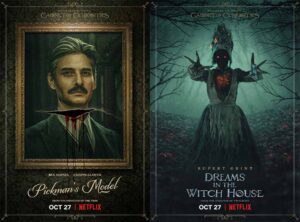

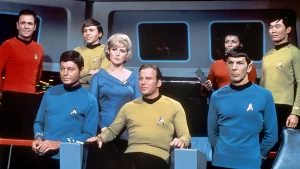
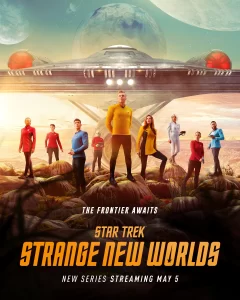
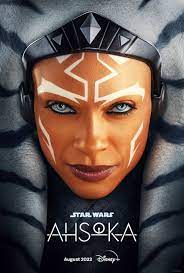
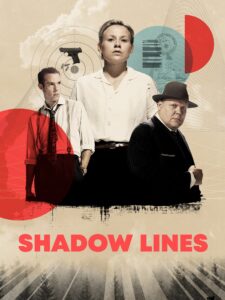 .
.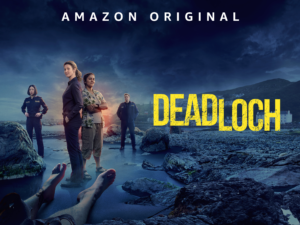
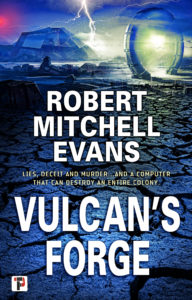
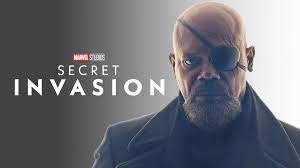 .
.